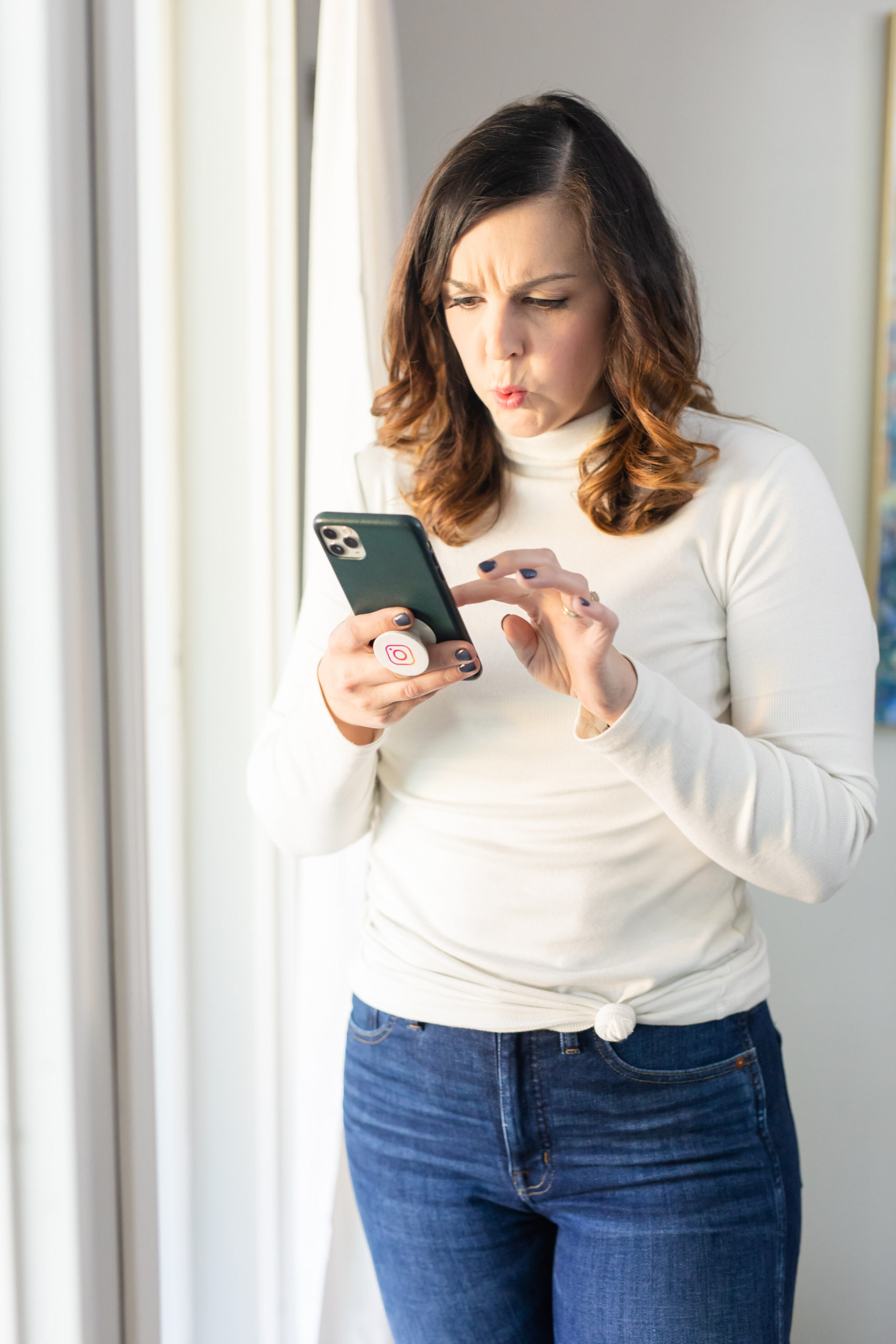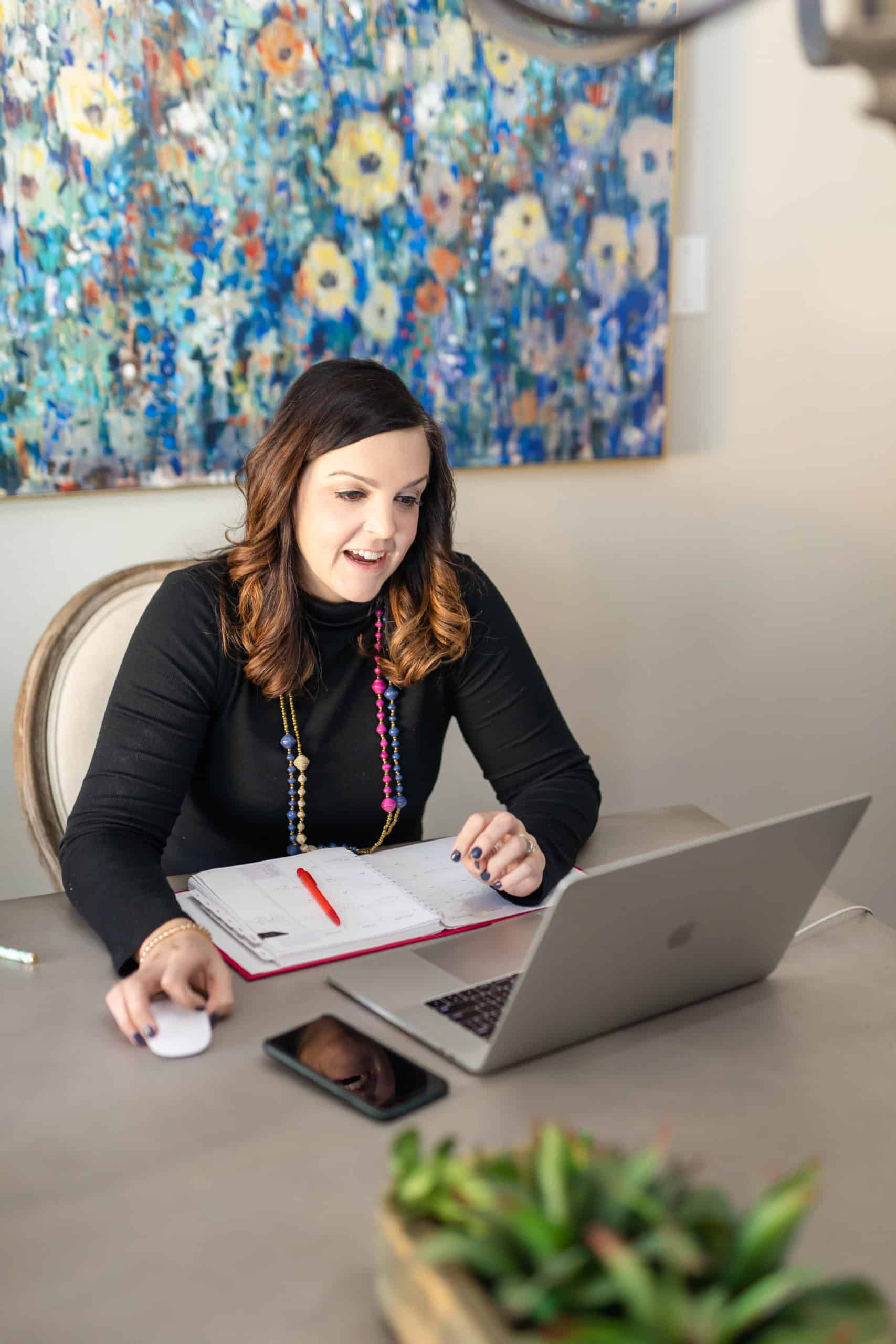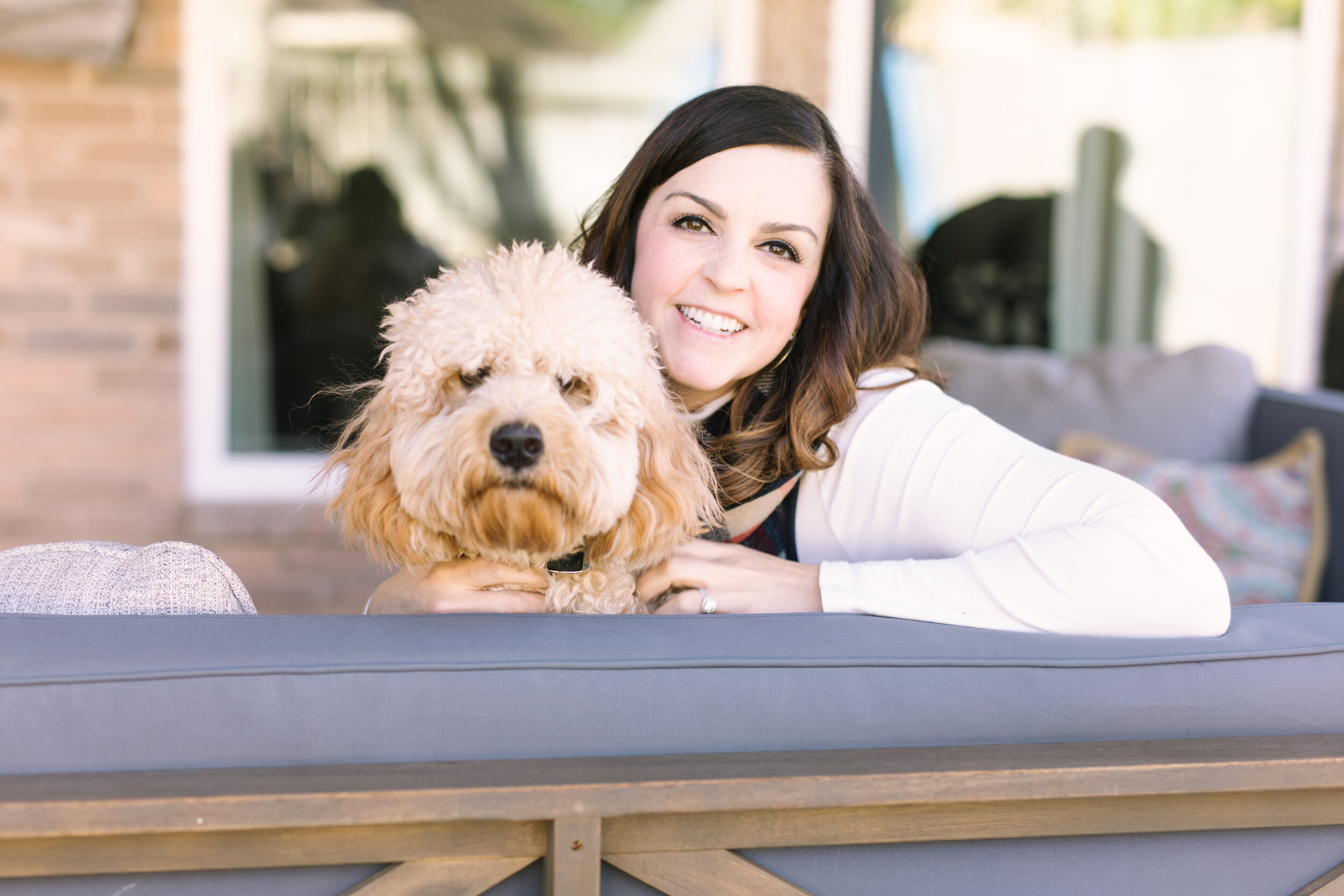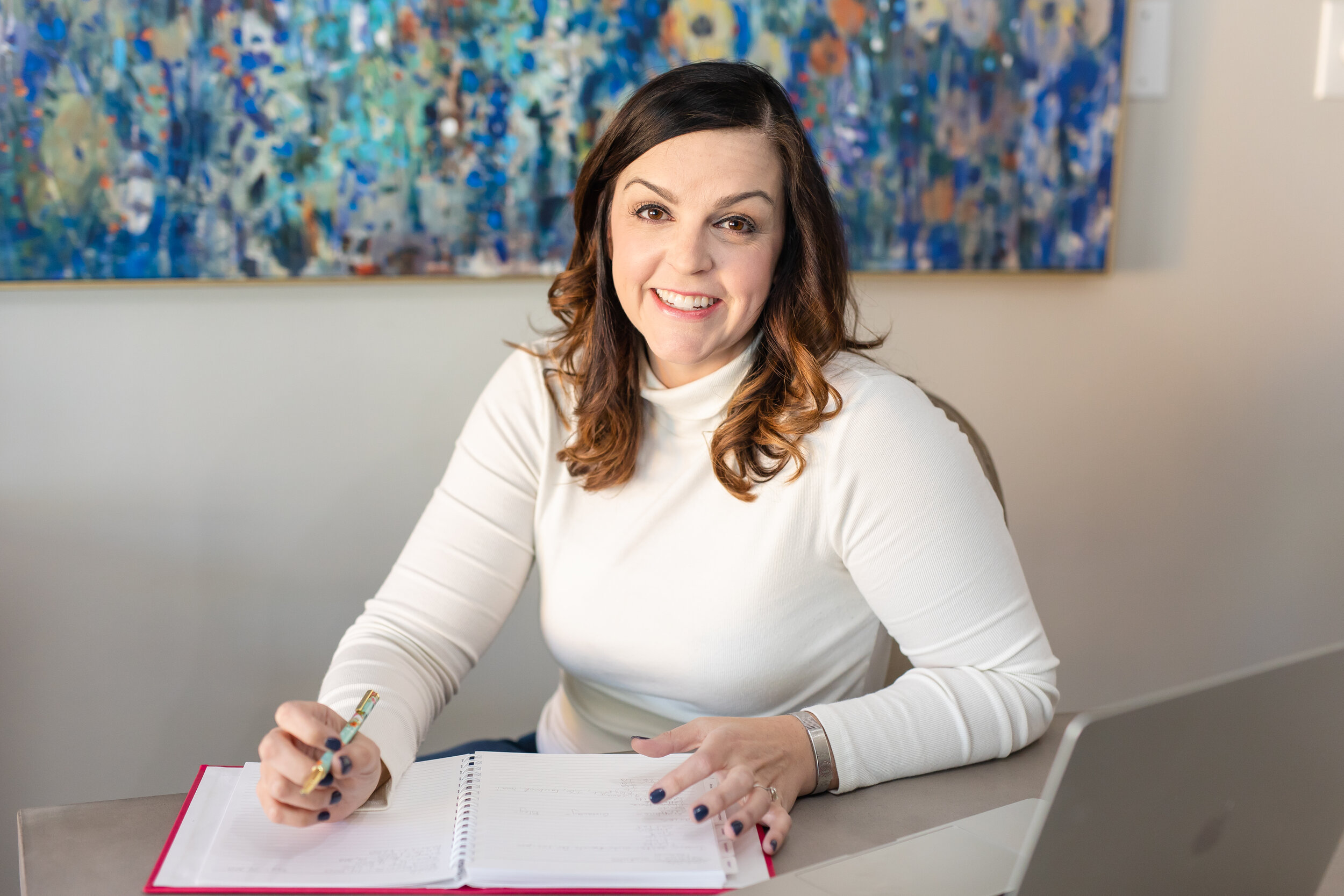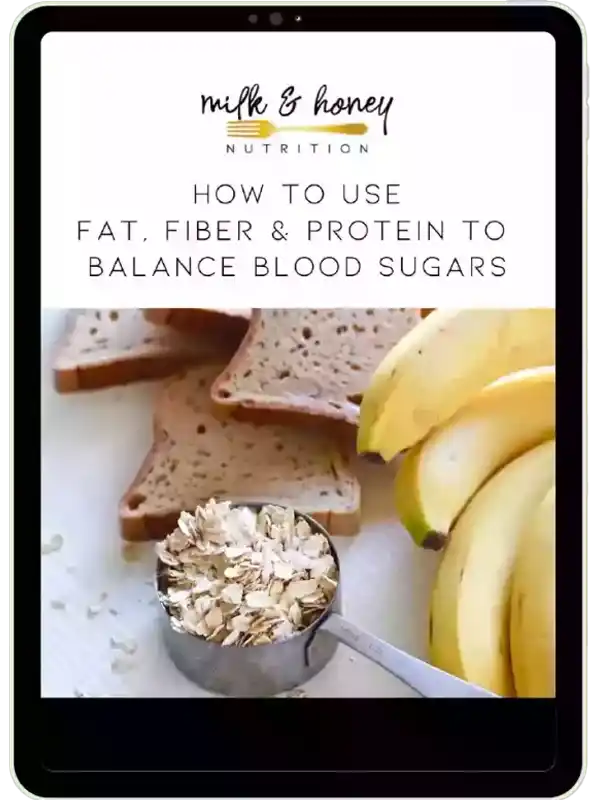Diabetic retinopathy: One simple thing you can do to help protect against vision loss
This post was sponsored by Regeneron. All thoughts and ideas are my own.
I’ve had type 1 diabetes since I was 5 years old, and I’ve heard about my risks for losing my vision for about just as long. So, I want to share with you the best way to protect your vision and eye health when living with diabetes.
Now, I could talk all about all the things that we know to be associated with supporting eye health, but according to data we have, those don’t even come close to protecting your eyes as much as this one simple act does.
Now, it’s not a guarantee that your eyes will for sure always be healthy or that you won’t develop complications from diabetes… but it’s pretty darn helpful…
Go to the eye doctor. Yep, that’s it.
The simple act of going to the eye doctor for yearly checkups to have your eyes checked can potentially help protect your vision. While eye diseases related to diabetes are scary to think about, if they are caught early, treatment is available to help protect against vision loss.
Nearly half of people living with diabetes develop an eye disease known as diabetic retinopathy, or DR. If left untreated, DR can lead to irreversible vision loss and even blindness.The good news is, vision loss and blindness from DR can be preventable if caught and treated.
DR is a complication of diabetes that causes damage to the blood vessels of the retina – the light-sensitive tissue that lines the back part of your eye, allowing you to see fine detail. It is the most common cause of irreversible blindness in working-age Americans. It occurs in more than half of the people living with diabetes. Just like diabetes itself sometimes, it is possible to have DR for a long time without noticing symptoms until substantial damage has occurred. Symptoms of DR can only occur in later stages.
Some common symptoms include:
• Blurred or double vision
• Difficulty reading
• The appearance of spots in your vision
• A shadow across your field of vision
• Difficulty with color perception
A common cause of Diabetic Macular Edema is diabetic retinopathy, a disease that can happen to people with diabetes. Poor blood sugar control and additional medical conditions, such as high blood pressure, increase the risk of blindness for people with DME. DME can occur at any stage of diabetic retinopathy, although it is more likely to occur later as the disease goes on.
Experts estimate that approximately 7.7 million Americans have diabetic retinopathy and of those, about 750,000 also have DME. A recent study suggests that non-Hispanic African Americans are three times more likely to develop DME than non-Hispanic whites, most likely due to the higher incidence of diabetes in the African American population.
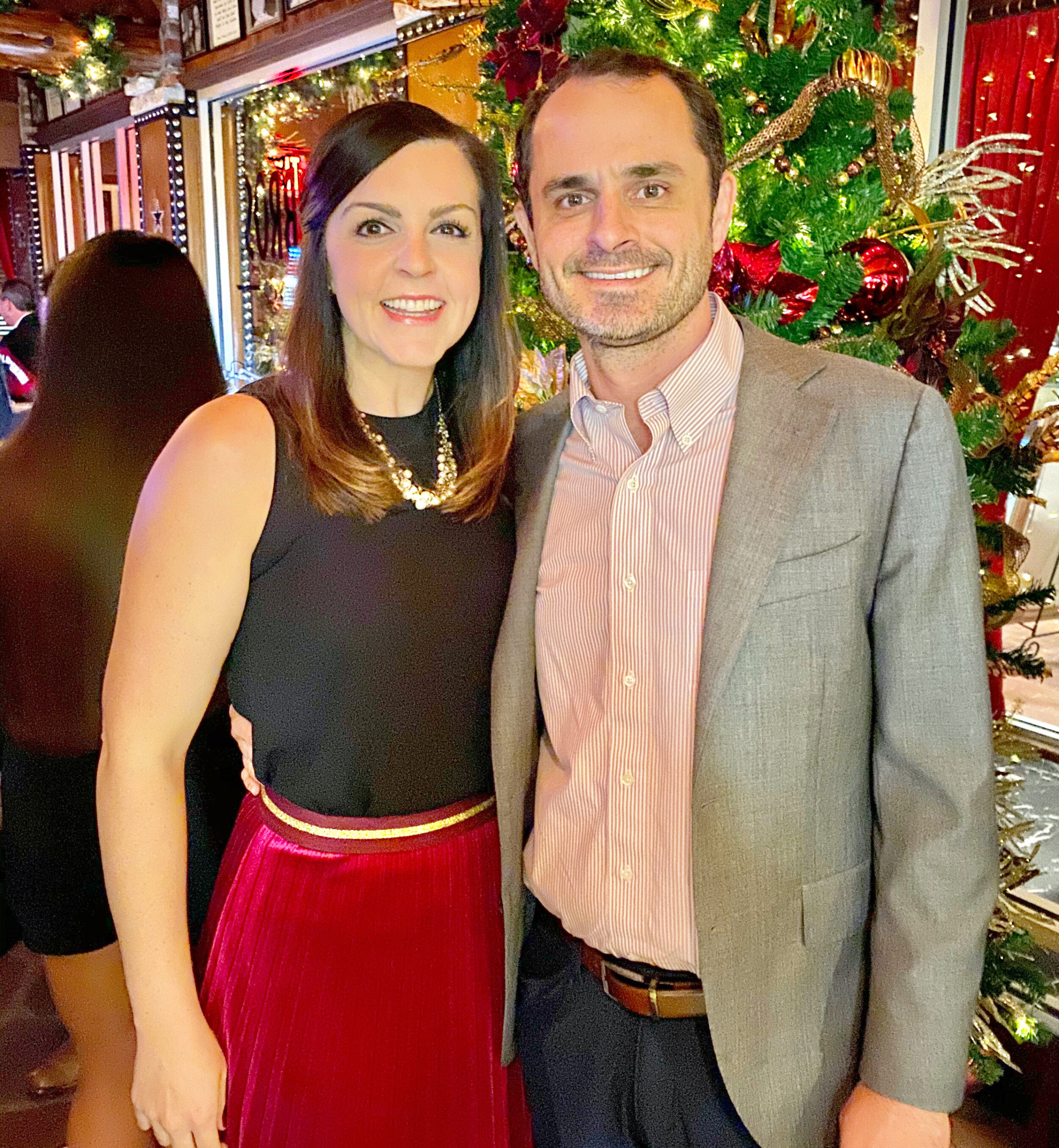
My vision is too important to lose. Not only does the thought of not being able to clearly see my husband’s and kids’ faces terrify me, but also never getting to see what I’m cooking again, or not being able to see clearly enough to manage my diabetes is something I don’t even want to consider. There’s simply too much at stake. So, I get my eyes checked by an ophthalmologist every year.
You can visit https://bit.ly/2UxQisD to learn more about the importance of regular checkups and how to make sure your diabetes doesn’t lead to blindness.

